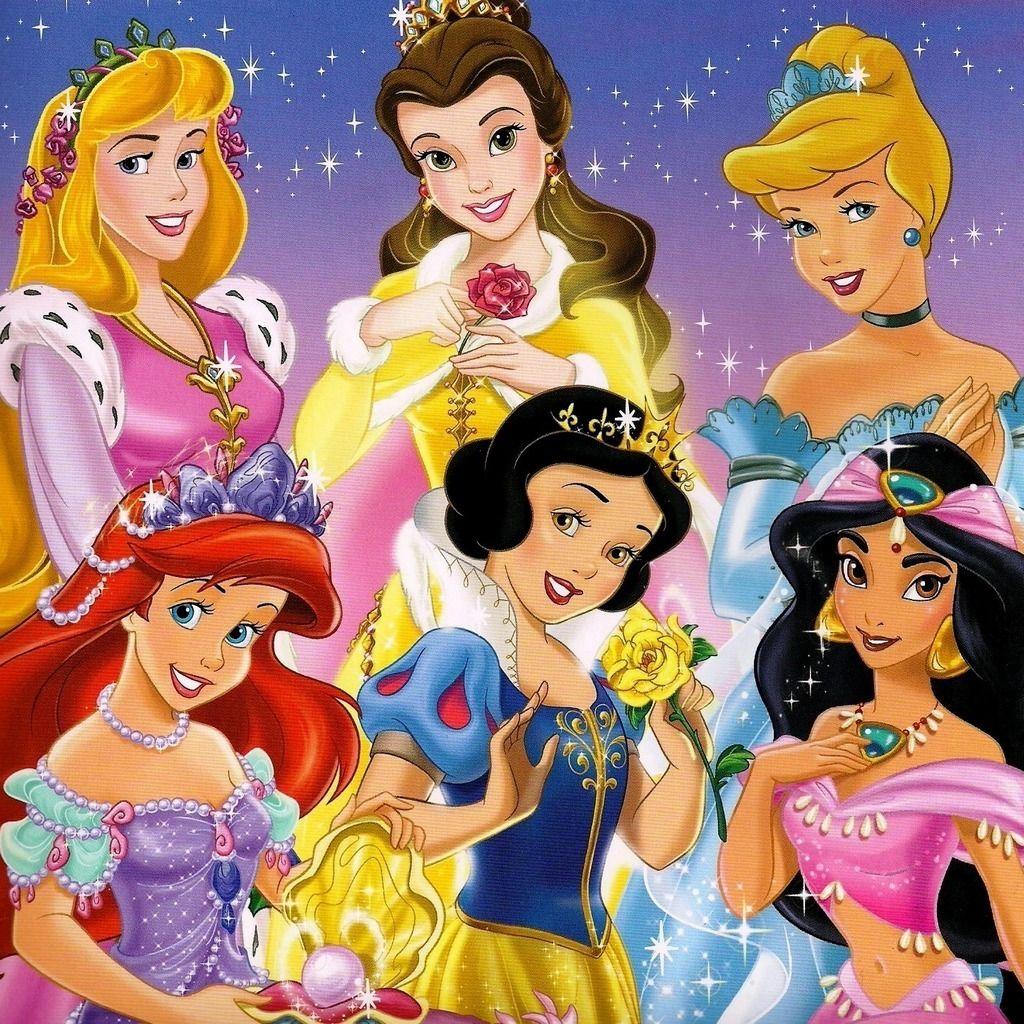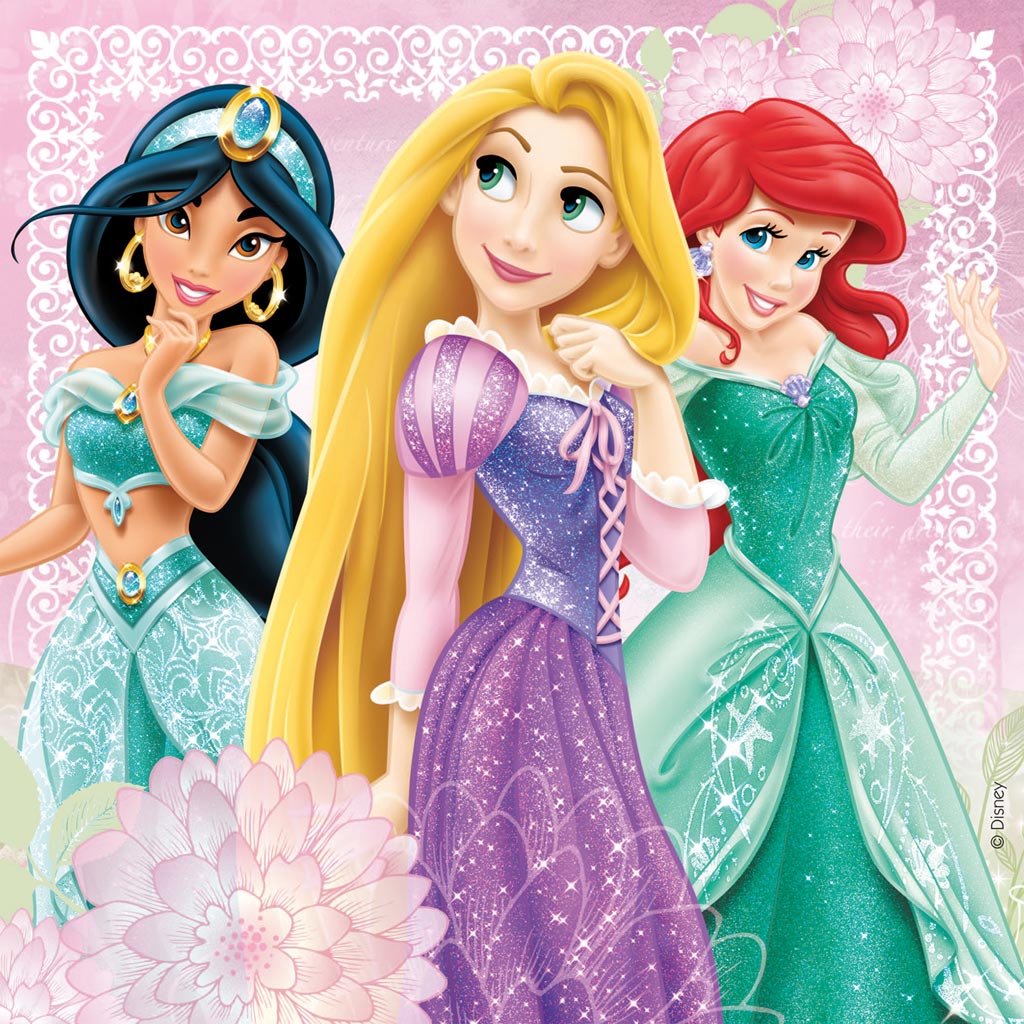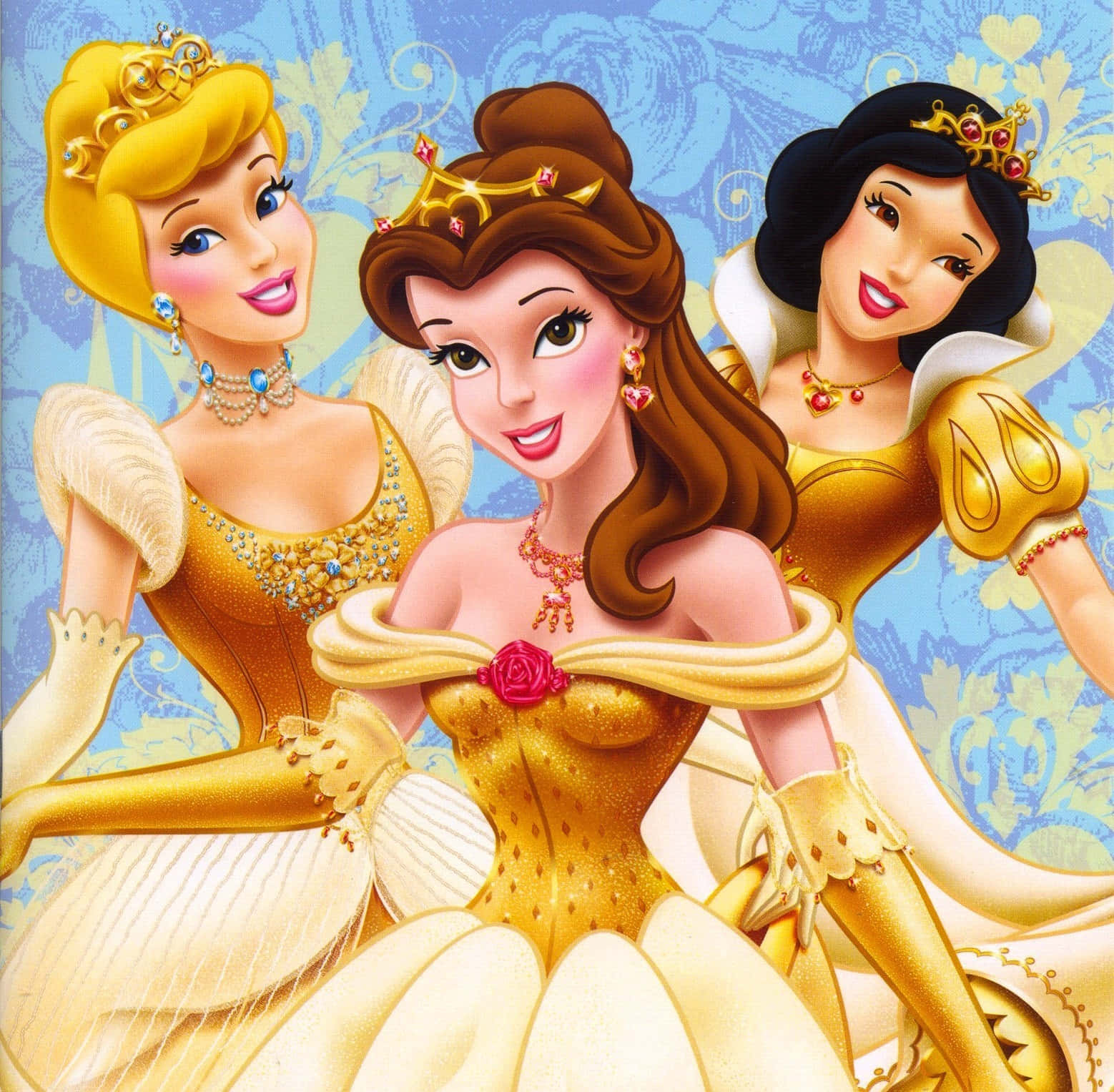Princess Carole - Exploring The Royal Name
Have you ever stopped to think about the true essence of a royal title, particularly when we consider someone like Princess Carole? It's a rather fascinating thing, how words shape our perceptions and how the very sound of a name can carry so much weight and history, you know. We often use terms like 'princess' without really pausing to consider the many ways this word, and others connected to it, actually work in our everyday conversations, or even in stories we love.
So, when we talk about a figure such as Princess Carole, we're not just speaking about a person; we're also touching on a whole set of linguistic customs and traditions. It's almost as if the very way we phrase things around a royal personage reflects a long-standing understanding of respect and position. There are, in fact, some rather interesting points about how we handle these kinds of names, especially when it comes to showing who something belongs to or how we address someone with a special standing.
This little exploration will, in a way, take a closer look at some of those linguistic quirks and common practices that swirl around the idea of a princess. We'll consider how her name might be used, the different ways we refer to someone of noble birth, and even some broader ideas about royal behavior, all through the lens of language, you see. It's quite interesting, how words like 'princess' carry so much more than just a simple meaning.
Table of Contents
- A Look at the Persona of Princess Carole
- What's in a Name - The Grammar of Princess Carole's Title?
- Addressing Royalty - The Legacy of "Milady" for Princess Carole
- The Royal Way - What Does "Politeness of Kings" Mean for Princess Carole?
- The Sweet Side of Titles - Endearments and Princess Carole
A Look at the Persona of Princess Carole
When we talk about a person like Princess Carole, it's pretty clear we're not just discussing an ordinary individual. The very idea of a 'princess' brings with it a whole collection of expectations and ideas, doesn't it? Our language, in fact, gives us some interesting hints about what this sort of role means, even if we don't have all the personal details. It's like the words themselves paint a picture of a certain kind of presence.
For someone holding such a significant title, there are naturally many things that come to mind. We think about grace, a certain kind of bearing, and perhaps a connection to important historical lines. The way we talk about a 'princess' often suggests someone who carries a degree of public notice and, in some respects, a certain set of duties that come with their position. It's a role that often calls for a particular kind of public presence, you know, a very specific way of being.
In the absence of specific personal stories for Princess Carole from our source material, we can, in a way, think about the general qualities and roles that are typically linked with the title of 'princess'. This isn't about her private life, but rather the broad strokes of what it means to be a figure of such standing, as seen through the very words we use to describe her. It's almost like the language itself provides the background for this kind of person.
| Attribute | Conceptual Implication for Princess Carole |
|---|---|
| Title Usage | Associated with specific grammatical forms for possession, like 'princess's' or 'princesses'', reflecting her singular or collective standing. |
| Terms of Address | Could be referred to with formal terms such as 'milady', indicating respect for her noble status. |
| Public Conduct | Expected to uphold standards of behavior, perhaps reflecting the 'politeness of kings' concept, where certain actions are simply proper. |
| Personal Influence | Her position may grant her a certain influence, where her decisions, like those of a 'boss', are significant and sometimes beyond common critique. |
| Endearments | Could be the subject of affectionate terms, like 'sweetheart' or 'darling', particularly in personal or familiar settings, as described in guides for relationships. |
What's in a Name - The Grammar of Princess Carole's Title?
When we consider a name like 'Princess Carole', it brings up some rather interesting points about how our language works, particularly when we want to show ownership or talk about more than one royal person. It's not just about the person themselves, but also about the little rules that govern how we put words together. This is, in fact, a common area where people sometimes get a little mixed up.
So, for example, if something belongs to just one princess, say Princess Carole's favorite book, we would typically write it as 'princess's'. That little mark, the apostrophe followed by an 's', shows us that the book is hers alone. It's a very straightforward way of indicating who owns what, you know, a simple signal in our written communication.
Now, if we are talking about a group of royal women, perhaps all the princesses gathering for an event, we would use the word 'princesses'. This form tells us there's more than one of them. It's the way we indicate a number of these noble figures, and it's a pretty standard plural form for many words in our language, that.
Things get a tiny bit more nuanced when we want to talk about something belonging to a group of princesses. If, for instance, we're discussing the royal jewels that belong to all the princesses, we would write 'princesses''. Notice how the apostrophe comes after the 's' in this case. This signifies that the ownership is shared among several individuals who hold the title. It's a subtle but important distinction, in a way, that helps us keep our meaning clear.
What's really quite interesting about all these forms – 'princess's', 'princesses', and 'princesses'' – is that when we say them out loud, they pretty much sound exactly the same. This can, you know, sometimes lead to a little confusion when you're just hearing the words and not seeing them written down. It highlights how much our written language helps us sort out these little grammatical puzzles.
How Do We Show Ownership for Princess Carole?
Delving a bit deeper into how we show something belongs to someone, especially when their name, or their title, ends with a sound like 's', can be a bit of a head-scratcher for some. For a singular person, like Princess Carole, or even someone called 'boss', or a place like 'woods', our language gives us a couple of choices, which is actually quite handy.
One common way to show that something belongs to a singular noun that ends in 's' is to simply add an apostrophe after the existing 's'. So, if we were talking about the car belonging to the 'boss', we might write 'the boss' car'. This is a perfectly acceptable way to do it, and it's pretty widely used, you know, especially in certain styles of writing.
The other option, which many people also use, is to add an apostrophe followed by another 's' even if the singular noun already ends in 's'. So, for our 'boss' example, you might also see 'the boss's car'. Both of these ways are generally considered correct, though sometimes one might feel a little more natural than the other depending on the specific word or how it sounds when spoken. This applies, of course, to how we might refer to something belonging to Princess Carole, if her name ended in 's', or if we were using her title in a similar way.
It's a bit like when you talk about 'the boys' books' versus 'the boss' car'. The rule for showing ownership for a group of boys, where the word 'boys' already ends in an 's' for plural, is to just add the apostrophe at the end. But for a singular 'boss', you have that choice, which is pretty flexible. This flexibility is, in a way, a feature of our language, allowing for different ways to express the same idea of belonging.
Addressing Royalty - The Legacy of "Milady" for Princess Carole
When we think about how people address someone with a royal title, or simply someone of high standing, certain words come to mind that carry a long history. One such term is 'milady', which has been around for quite a while. It's a form of address that speaks of respect and a certain kind of deference, you know, a way of acknowledging someone's position without being overly stiff.
This term, 'milady', actually comes from a more direct phrase, 'my lady'. Over time, the two words kind of blended together, becoming a single, more formal way to speak to a noble woman. It’s a linguistic shortcut that still carries all the original meaning of respect and recognition. It's pretty interesting, how language evolves like that, isn't it?
In English, 'milady' has served as a proper way to address a woman of noble birth or a woman of significant social standing. It's the female equivalent of 'milord

Disney Princess iPad Wallpapers - Top Free Disney Princess iPad

Disney Princess - Disney Princess Photo (33708180) - Fanpop

Download Princess Pictures | Wallpapers.com